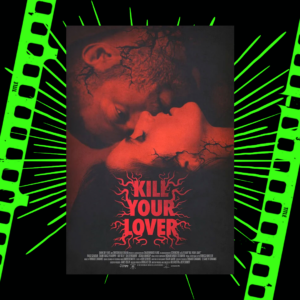
BODY HORROR “KILL YOUR LOVER” NOW AVAILABLE ON VOD IN UK & IRELAND
KILL YOUR LOVER (Winner of Dead Northern’s Best Feature 2024), a razor-sharp and visceral exploration
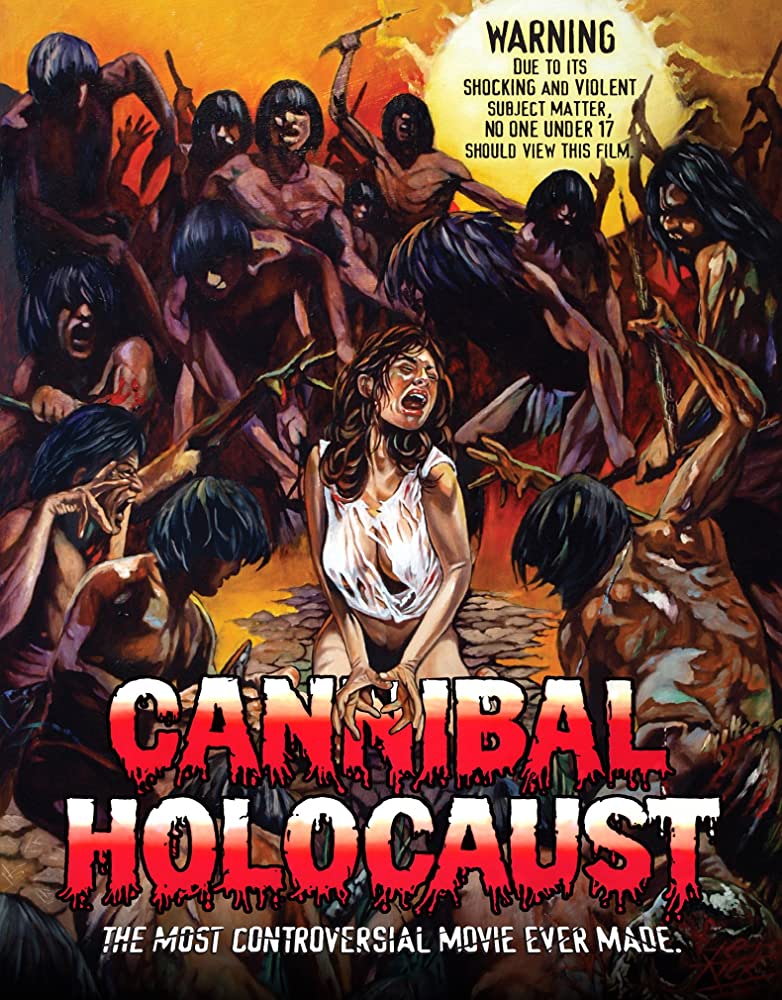
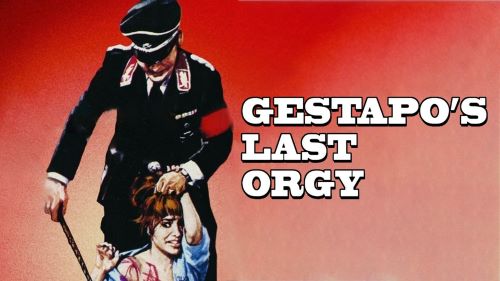
As any horror fan will tell you, the ‘nasty’ period was brutal for the genre, with every film on the list going through rigorous censorship campaigns, resulting in many films not being released fully uncut until the mid-2000s. However, despite the times moving on, one film has still never seen the light of day in the UK. The banned culprit in discussion is Gestapo’s Last Orgy (1977), an exploitation flick centred on the horrors of war.
In an interview regarding the nasties’ ability to infect the public’s minds, MP Graham Bright, stated that “research is taking place and it will show that these films not only affect young people, but I believe they affect dogs as well”.
As part of the NVALA (National Viewers and Listeners Association) campaign to ban the rise of horror, the organisation compiled a compilation of some of the more bloody moments from the films in question. This compilation was shown to ‘prove’ how horrid these films were, eventually convicning parliament to create laws and legislations that would change the path of horror cinema for decades to come.
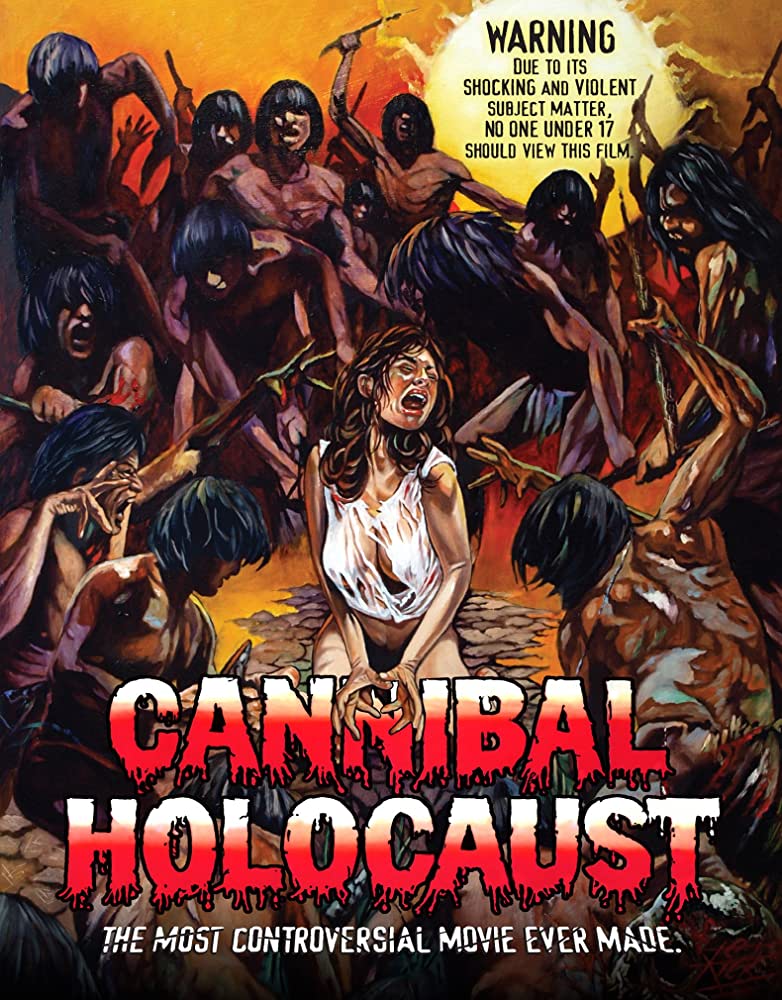
The infamous Cannibal Holocaust was not neccesarily the ‘worst’ film on the list. However, its use of firsthand footage and its mondo influences meant that director Ruggero Deodato was actually arrested for obscenity. The graphic material was so absurdly gruesome that the authorities eventually changed his charge to murder, as there was ‘no way’ that the performers actually went through the stunts voluntarily. Eventually, the case was settled when Deodato brought out the cast and proved that they were in fact still alive.

When the authorities were at the peak of prosecuting films, they would patrol local video shops hunting for obscene films. However, due to the officers not actually viewing the films, they did not always know which movies to lift from the shops. According to official documentation, Dolly Parton’s comedy musical ‘The Best Little Whorehouse in Texas’ (1982) as well as the acclaimed Apocalypse Now (1979) was seized simply due to their names.
It was not uncommon to see newspapers and reports comment upon the nasties as being equivalent to exercises in sadism that have the potential to tarnish the minds of Britain’s youth. However, when this was actually investigated, the results pointed elsewhere. Dr Guy Cumberbath was more than hesitant over the claims, resulting in him interviewing students at primary schools about the latest nasties. Most of the kids admitted to watching these films and enjoying them, but as part of the study, Cumberbatch would ask about fake titles that didn’t actually exist, all of which the participants would claim to have consumed.
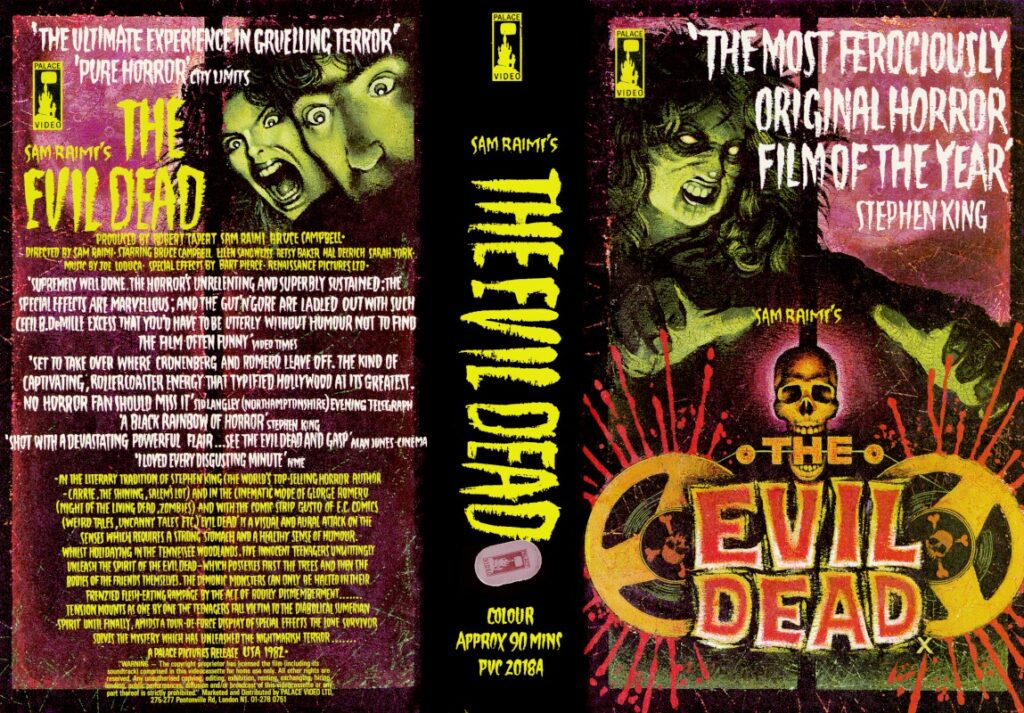
The protests against the nasties were vigorous and strict, yet that did not stop the list of films gaining significant positive attention. One of the more popular nasties was Sam Raimi’s The Evil Dead (1981), with the film’s first VHS release in 1983 (prior to the Video Recordings Act [1984]) garnered £100,000 in profit from its UK sales, making it both one of the quickest selling video releases in the history of home video.
Want more top horror lists and reviews? Check out our blog here..

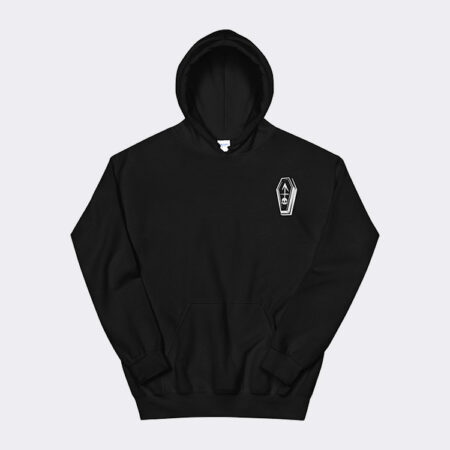
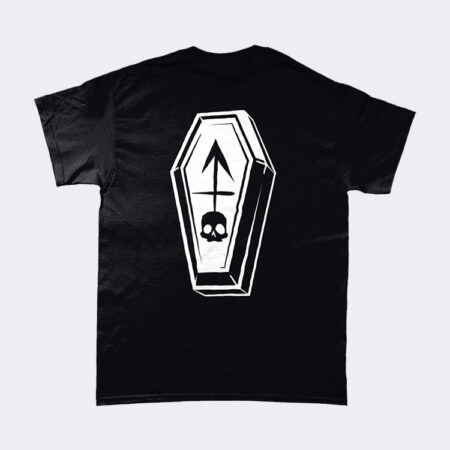

KILL YOUR LOVER (Winner of Dead Northern’s Best Feature 2024), a razor-sharp and visceral exploration
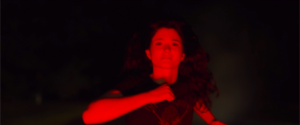
Amy (Hannah Deale) barely scrapes by; working two thankless jobs whilst simultaneously caring for her

In 2022 M3GAN dominated screens and for the most part, created a cult fanbase who

British director Danny Boyle and writer Alex Garland compelled the masses with their triumphant ‘28